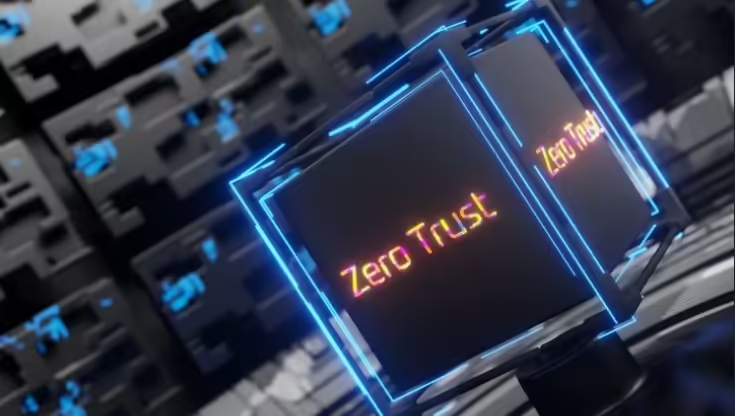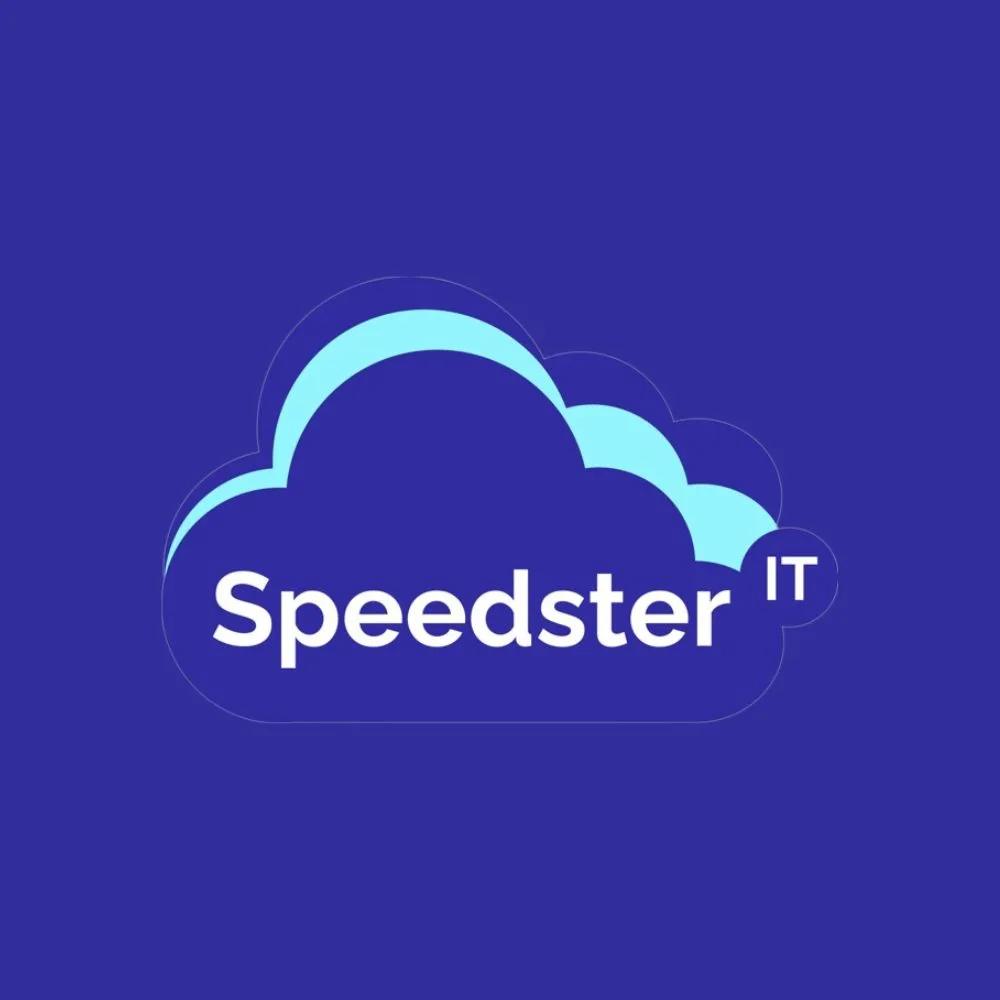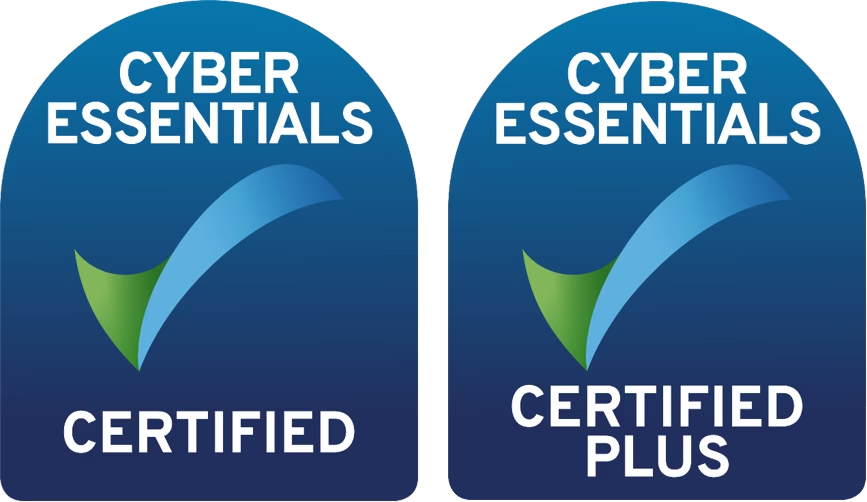Mitigating Threats with Blockchain Security
Blockchain technology has revolutionised the digital landscape, offering unprecedented security and transparency. However, as with any emerging technology, it is not without its vulnerabilities. From the looming threat of 51% attacks to the intricate challenges posed by smart contract flaws, blockchain systems face a myriad of potential security risks.
This article delves into the common vulnerabilities that plague blockchain networks, exploring both well-known threats and emerging concerns that could potentially undermine the integrity of these decentralised systems.

Common Vulnerabilities in Blockchain Systems
Companies adopting private or public blockchain solutions should thoroughly assess their security vulnerabilities to safeguard their assets and data.
Lets explore some of the most notorious blockchain security threats.
51% Attacks
Occurs when a single entity gains control of more than half of the network’s mining hashrate or stake, allowing them to manipulate transaction confirmations and potentially double-spend coins.
Smart Contract Flaws
Smart contracts are automated agreements that execute when certain conditions are met. Flaws in their code can be exploited, leading to unauthorized actions or loss of funds.
Private Key Management
Private keys are used to sign transactions and access blockchain assets. Poor management or theft of these keys can result in loss of assets.
Quantum Computing Threats
Quantum computers have the potential to break current cryptographic algorithms. If blockchain encryption is not upgraded to quantum-resistant algorithms, it could be vulnerable to attacks.
Scalability Issues
As blockchain networks grow, they can struggle to handle increased transaction volumes, leading to slower processing times and higher fees, which may also open up new security vulnerabilities.

Phishing Attacks
Users can be tricked into providing sensitive information like private keys through fake websites or emails, leading to asset theft.
Routing Attacks
Attackers can intercept and modify unencrypted blockchain data in transit, potentially disrupting network operations.
Sybil Attacks
An attacker creates many fake identities to gain disproportionate influence in a peer-to-peer network, which can be used to disrupt network operations.
Man-in-the-Middle Attacks
Attackers secretly relay and possibly alter the communication between two parties who believe they are directly communicating with each other.
Endpoint Vulnerabilities
Weaknesses in users’ devices (endpoints) can be exploited to gain unauthorized access to blockchain networks and assets.
Smart Contract Vulnerabilities
Similar to smart contract flaws, these vulnerabilities pertain to specific weaknesses in the contract’s logic or execution environment that can be exploited.
As blockchain technology evolves, it is imperative that developers, users, and organisations remain vigilant and proactive in addressing these vulnerabilities to ensure the long-term viability and security of blockchain systems.

Cybersecurity Threats Targeting Blockchain Networks
Phishing attacks have become increasingly sophisticated, with cybercriminals crafting convincing emails and websites to trick users into divulging their private keys.
Malware specifically designed to infiltrate blockchain systems is on the rise, posing a significant risk to both individual users and larger networks.
Social engineering tactics are evolving, with attackers exploiting human vulnerabilities to gain unauthorised access to blockchain platforms.
DDoS attacks remain a persistent threat, potentially disrupting network operations and causing significant financial losses.
Cryptojacking incidents are becoming more frequent, with malicious actors hijacking computing resources to mine cryptocurrencies without users’ knowledge or consent.
Best Practices for Mitigating Blockchain Security Risks
WatchGuard offers a range of cybersecurity solutions that can be beneficial for blockchain users to protect against various threats. Here are some of the solutions and strategies they provide:
AI-Driven ThreatSync+ NDR: This solution leverages artificial intelligence to offer comprehensive threat detection and response capabilities. It integrates technology from CyGlass Technology Services into WatchGuard’s Unified Security Platform®, using AI to identify and mitigate threats that bypass traditional defenses.
Simplified Deployment: WatchGuard’s Cloud-based architecture allows for easy deployment of their ThreatSync+ NDR solution, making advanced security accessible without extensive resources or infrastructure.
AI-Powered Detection Engine: At the core of ThreatSync+ NDR is an advanced AI detection engine that uses machine learning within a self-learning neural network for automated threat detection, crucial for countering sophisticated cyberattacks.
Comprehensive Network Monitoring: The system continuously monitors all network traffic and devices, detecting changes that may signal a cyberattack and providing actionable insights for IT teams.
Configurable Compliance Reporting: ThreatSync+ NDR includes compliance reporting features that support standards like ISO27001, and CISA controls, ensuring ongoing cyber hygiene and regulatory adherence.
These solutions from WatchGuard can help blockchain users enhance their security posture and protect against a wide range of cybersecurity threats.

The Future of Blockchain Security: Zero Trust Secuity Approach
The future of blockchain security lies in adopting a zero trust security approach.
This paradigm shift is crucial as traditional security models become increasingly inadequate in the face of sophisticated cyber threats. Zero trust operates on the principle of ‘never trust, always verify’, ensuring that every user, device, and network interaction is authenticated, authorised, and continuously validated.
By implementing a zero trust framework, blockchain networks can significantly enhance their resilience against both external and internal threats. This approach eliminates the concept of a trusted internal network, treating all network traffic as potentially malicious. Consequently, it reduces the attack surface and minimises the impact of potential breaches.
Moreover, zero trust aligns perfectly with blockchain’s inherent characteristics of decentralisation and transparency. It reinforces the integrity of transactions and data by enforcing strict access controls and continuous monitoring.
As blockchain technology continues to evolve embracing zero trust security will be paramount in maintaining its promise of secure, tamper-proof systems.

Why Work With Speedster IT for Your Business Block Chain Security ?
At Speedster IT, we recognize the importance of the zero trust security approach, which is why we are partnered with WatchGuard Security Systems.
We offer a comprehensive range of cybersecurity solutions that can be particularly beneficial for blockchain users, providing robust protection against a variety of threats.
Our solutions are designed to ensure the integrity and security of your digital assets, leveraging the latest technologies to safeguard against unauthorized access and cyber attacks.
If you would like to find out more about how we can help secure your blockchain operations, please get in touch with one of our expert teams.
Our knowledgeable staff is ready to provide you with tailored advice and support to meet your specific security needs.
Protect Your Business Today
With over 15 years at Speedster IT, I’ve built a career around helping businesses navigate the evolving world of technology. I publish all the content for the IT Support London Blog and Cyber Security Blog, where I share practical insights on infrastructure upgrades, cybersecurity trends, and smart IT strategies for growing companies.
